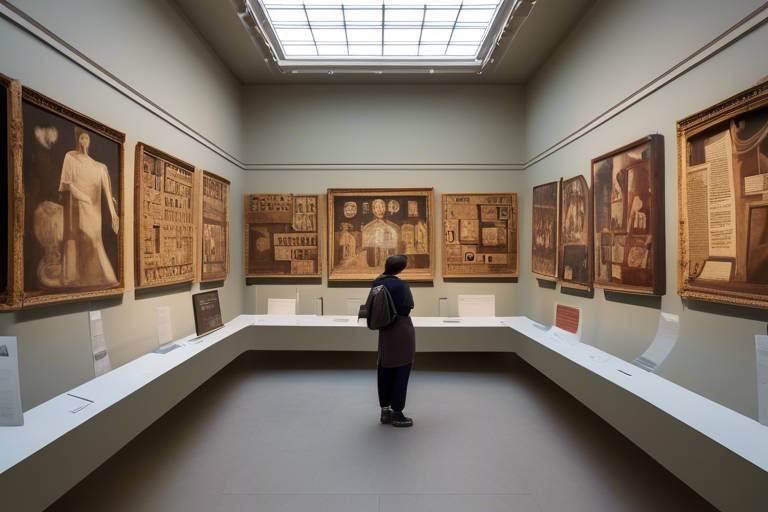How the Hindu Religion Influenced Ancient Civilizations
Throughout history, the influence of Hinduism on ancient civilizations has been profound and far-reaching. The impact of this ancient religion can be seen in various aspects of society, ranging from art and architecture to social structures and philosophical thought. Hinduism, with its rich tapestry of beliefs and practices, has left an indelible mark on cultures beyond the borders of the Indian subcontinent, shaping the way people lived, worshipped, and interacted with the world around them.

Artistic Expressions
Exploring the impact of Hinduism on ancient societies, including art, architecture, social structures, and philosophical thought, showcasing its enduring influence on cultures beyond the Indian subcontinent.
Artistic expressions in ancient civilizations were profoundly influenced by Hindu religious beliefs, leading to the creation of intricate sculptures, paintings, and temple carvings that reflected spiritual themes and mythological narratives. These artistic creations served as visual representations of divine beings, epic stories, and cosmic principles, captivating the imagination of worshippers and visitors alike. The meticulous details and symbolic motifs found in Hindu art not only showcased the skill and creativity of ancient artisans but also conveyed profound spiritual messages to viewers.
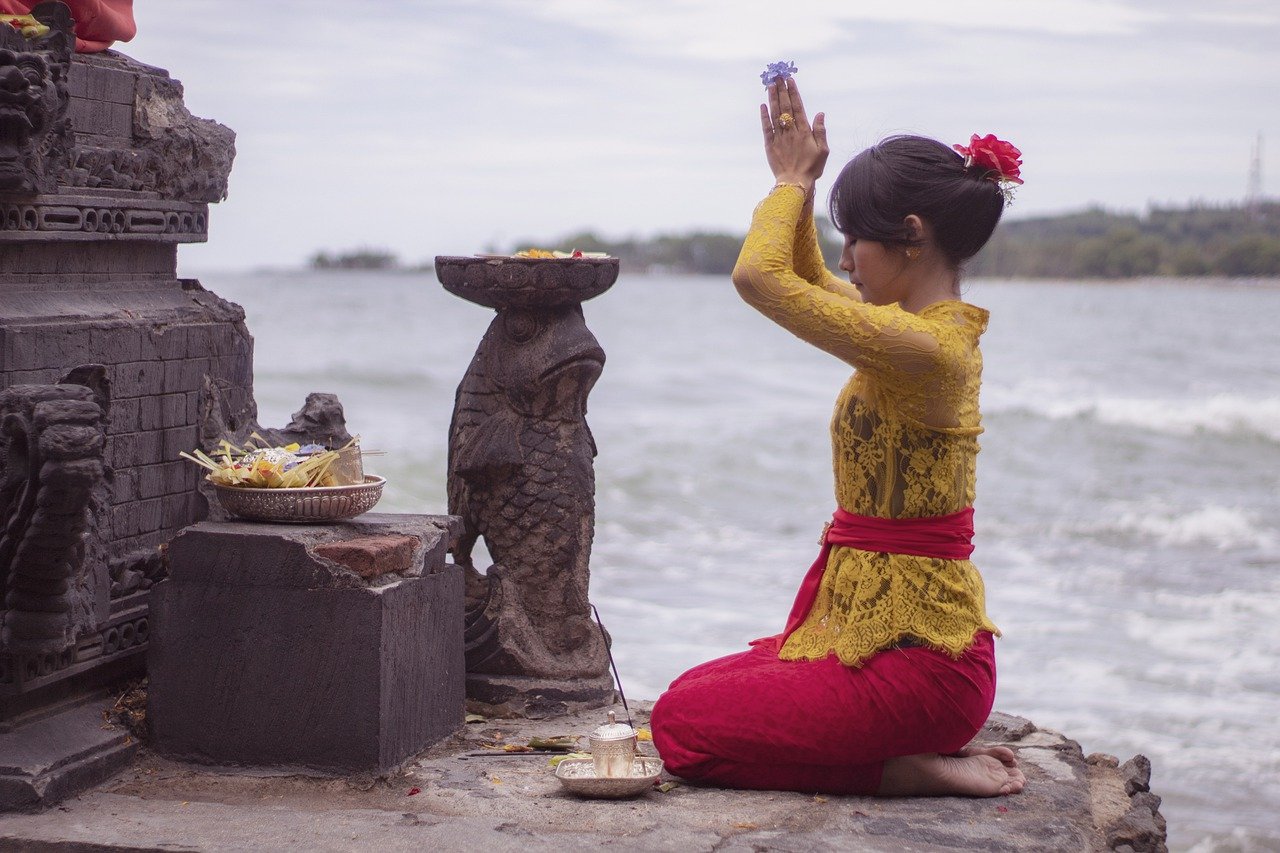
Architectural Marvels
When we delve into the realm of architectural marvels influenced by Hinduism, we uncover a world where spirituality and artistry intertwine seamlessly. The temples, palaces, and sacred sites built in ancient times stand as testaments to the ingenuity and devotion of the civilizations that revered Hindu religious principles.
The architectural styles prevalent in these structures not only served functional purposes but also carried profound symbolic meanings rooted in cosmological concepts. Intricate carvings, towering spires, and elaborate ornamentation adorned these edifices, reflecting the grandeur and spiritual significance attributed to them.
Imagine standing before a temple intricately carved with scenes from Hindu mythology, each sculpture telling a story of gods and goddesses, demons and sages. The craftsmanship and attention to detail in these creations speak volumes about the reverence and artistic prowess of the ancient builders.
Moreover, the layout and design of these architectural wonders were often aligned with Vastu Shastra, an ancient Hindu architectural treatise that prescribed guidelines for harmonious living spaces. The symmetry, proportions, and orientation of buildings were meticulously planned to resonate with cosmic energies and promote spiritual well-being.
As visitors explore these sacred sites today, they are transported back in time to an era where architecture was not merely about construction but a means of connecting with the divine. The architectural marvels inspired by Hinduism continue to awe and inspire, serving as tangible links to a rich cultural heritage that transcends geographical boundaries.

Social Structures and Hierarchies
The influence of Hinduism on ancient societies extended beyond spiritual beliefs and artistic expressions to shape social structures and hierarchies. At the core of Hindu society was the caste system, a hierarchical classification that segmented individuals based on their occupation and social status. This system, outlined in ancient texts like the Rigveda, divided society into four main varnas or classes: Brahmins (priests and scholars), Kshatriyas (warriors and rulers), Vaishyas (merchants and farmers), and Shudras (laborers and service providers).
Each varna had its own set of duties and responsibilities, with strict rules governing interactions between different classes. The caste system not only determined one's occupation but also influenced marriage, social interactions, and access to resources. Additionally, it reinforced the idea of dharma, or moral duty, as a guiding principle for individuals to fulfill their societal roles.
Moreover, Hinduism emphasized the concept of karma, the belief that one's actions in past lives determine their current social position and future rebirth. This notion of karma played a significant role in perpetuating social hierarchies and justifying inequalities within ancient societies. It provided a framework for understanding individual circumstances and encouraged acceptance of one's place in the social order.
Alongside the caste system, Hinduism prescribed various rituals and ceremonies that reinforced social norms and hierarchies. From birth ceremonies to marriage rituals and funeral rites, these practices were deeply intertwined with religious beliefs and served to maintain the social fabric of communities. They provided a sense of continuity and cohesion, reinforcing the interconnectedness of individuals within the larger societal framework.
Furthermore, the concept of dharma, or righteous living, guided interpersonal relationships and governance structures in ancient civilizations influenced by Hinduism. It emphasized the importance of duty, morality, and ethical conduct in upholding social harmony and order. The teachings of Hindu scriptures and philosophical texts underscored the interconnectedness of all beings and the need for mutual respect and cooperation within society.
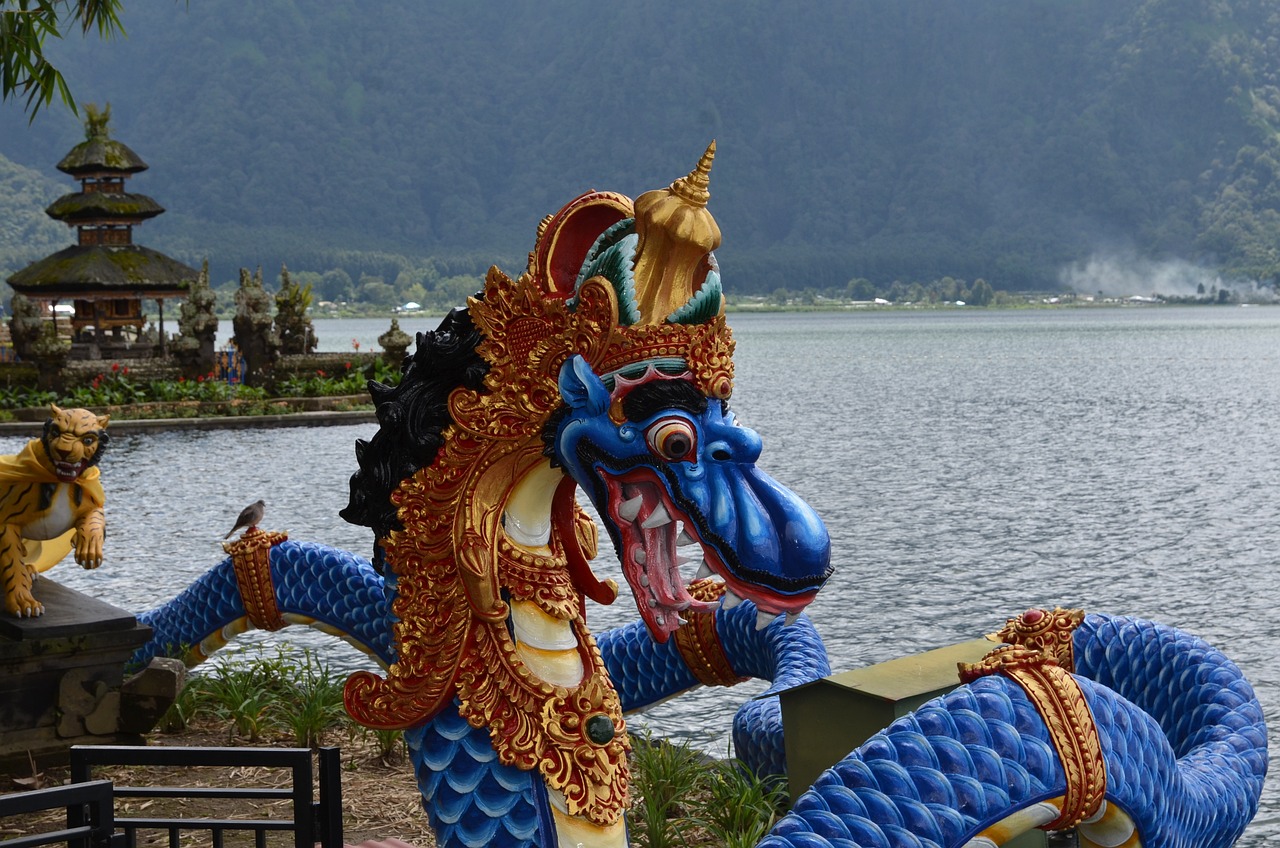
Philosophical Contributions
Exploring the impact of Hinduism on ancient societies, including art, architecture, social structures, and philosophical thought, showcasing its enduring influence on cultures beyond the Indian subcontinent.
When delving into the philosophical contributions of Hinduism to ancient civilizations, one cannot overlook the profound ideas and metaphysical concepts that shaped intellectual discourse. Hindu scriptures and thinkers introduced a plethora of philosophical ideas that continue to resonate across cultures and time periods. The ethical principles espoused in these texts provided a moral compass for individuals and communities, guiding them towards virtuous living and spiritual enlightenment.
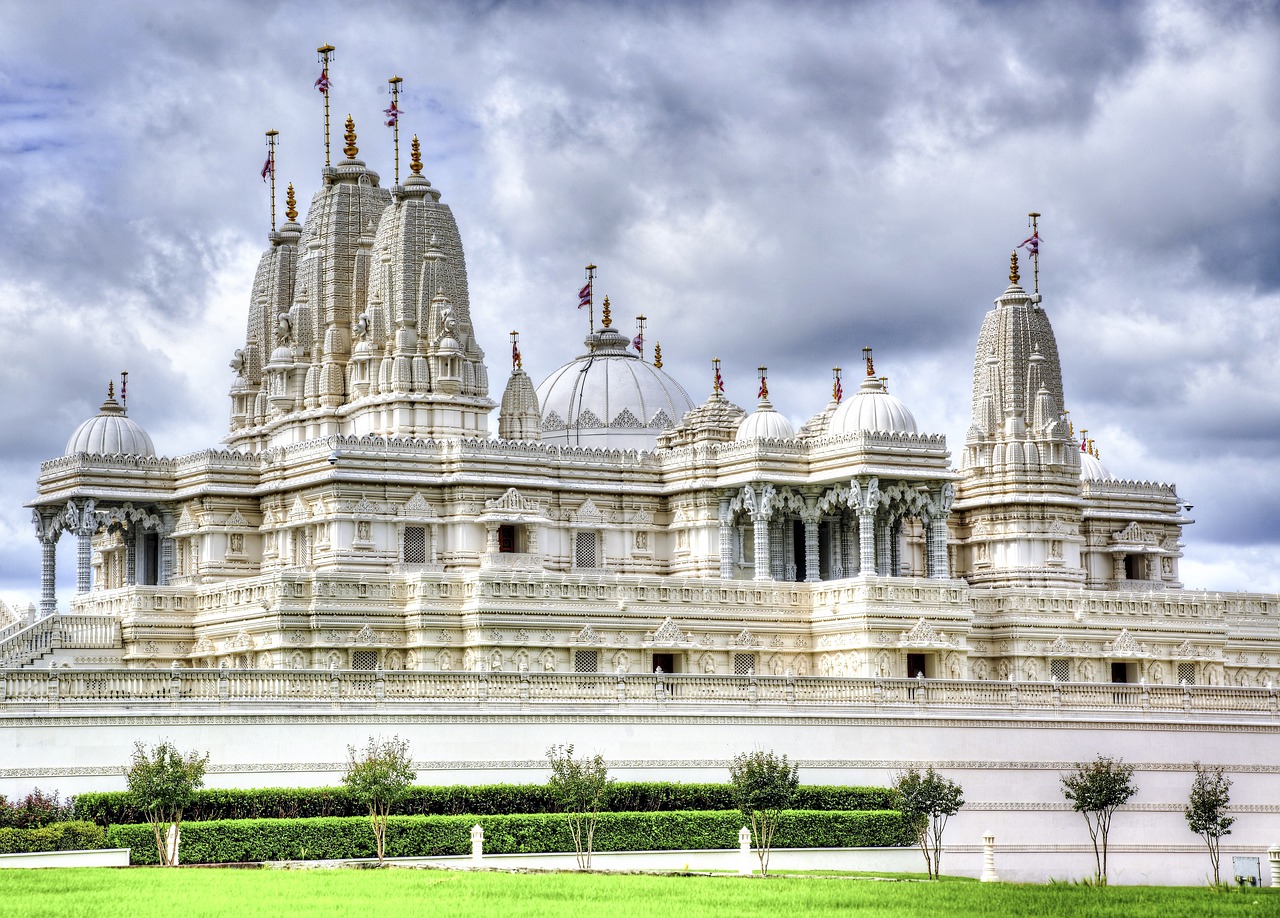
Rituals and Ceremonies
Exploring the impact of Hinduism on ancient societies, including art, architecture, social structures, and philosophical thought, showcasing its enduring influence on cultures beyond the Indian subcontinent.
Examining how Hindu religious beliefs inspired intricate sculptures, paintings, and temple carvings that reflected spiritual themes and mythological narratives in ancient civilizations.
Discussing the architectural styles and symbolism seen in temples, palaces, and sacred sites influenced by Hindu religious principles and cosmological concepts in ancient times.
Analyzing the caste system, societal norms, and rituals shaped by Hinduism that governed interpersonal relationships, governance, and community dynamics in ancient societies.
Exploring the philosophical ideas, ethical principles, and metaphysical concepts introduced by Hindu scriptures and thinkers that influenced the intellectual discourse of ancient civilizations.
Delving into the religious practices, ceremonies, and rituals associated with Hinduism that played a central role in the daily lives and spiritual pursuits of ancient civilizations. These rituals and ceremonies were not mere routines but intricate performances that connected individuals with the divine. From elaborate fire ceremonies to sacred chants, each ritual carried deep symbolic meanings and served as a pathway to spiritual enlightenment.
Investigating how the spread of Hinduism through trade routes facilitated cultural exchanges, religious syncretism, and the diffusion of ideas among diverse ancient civilizations.
Examining the rich literary heritage of Hindu scriptures, epics, and philosophical texts that served as sources of moral guidance, storytelling, and wisdom in ancient societies.
Reflecting on the enduring legacy of Hinduism in shaping the values, traditions, and cultural practices of contemporary societies worldwide, highlighting its continued relevance and adaptation over time.
Stay tuned for the frequently asked questions section at the end of the article for more insights and clarifications on the influence of Hinduism on ancient civilizations.

Trade and Cultural Exchange
Trade routes served as conduits for the exchange of goods, ideas, and cultural practices between ancient civilizations influenced by Hinduism. The vibrant trade networks facilitated the spread of Hindu beliefs beyond the Indian subcontinent, fostering connections and interactions among diverse societies. Through commerce, merchants carried not only valuable commodities but also religious artifacts, texts, and iconography, contributing to the cross-cultural fertilization of artistic styles and spiritual beliefs. The convergence of different traditions along trade routes led to a blending of rituals, ceremonies, and artistic expressions, creating a rich tapestry of cultural diversity that transcended geographical boundaries.
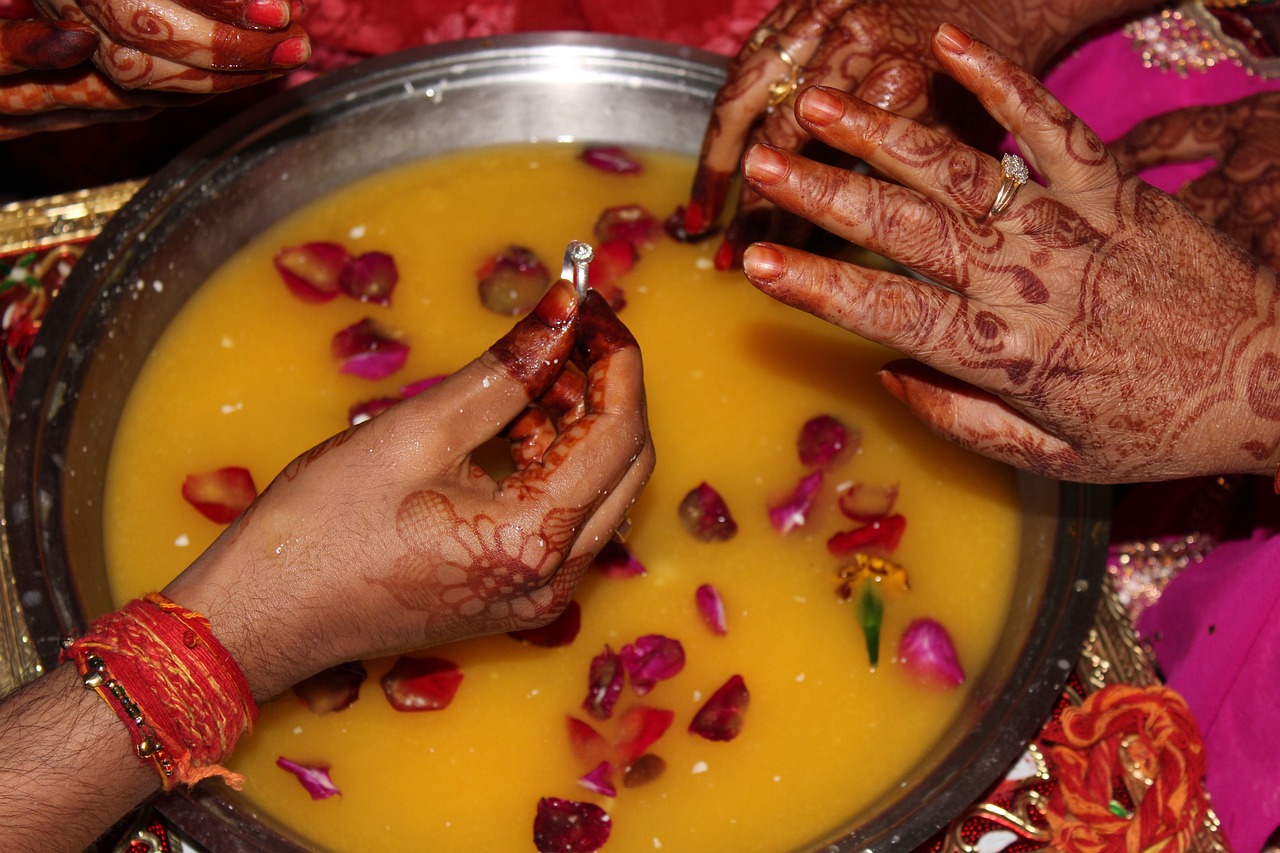
Literary Traditions
Exploring the impact of Hinduism on ancient societies, including art, architecture, social structures, and philosophical thought, showcasing its enduring influence on cultures beyond the Indian subcontinent.
When delving into the literary traditions influenced by Hinduism, one cannot overlook the rich tapestry of scriptures, epics, and philosophical texts that have served as pillars of wisdom and moral guidance in ancient societies. These texts, including the Vedas, the Upanishads, and the Bhagavad Gita, not only provided spiritual insights but also offered profound philosophical contemplations on the nature of existence and the human condition.
The Vedas, considered among the oldest religious texts in the world, are revered for their hymns and rituals that laid the foundation for Hindu religious practices. Meanwhile, the Upanishads delved into profound metaphysical inquiries, exploring concepts of the self, consciousness, and the ultimate reality. The Bhagavad Gita, a revered dialogue between Lord Krishna and Prince Arjuna, encapsulated ethical dilemmas and the path to righteousness, resonating with readers across centuries.
Moreover, the epic narratives of the Ramayana and the Mahabharata not only captivated audiences with their enthralling stories of heroism, love, and divine intervention but also imparted valuable lessons on duty, honor, and the eternal struggle between good and evil. These epics, filled with colorful characters and moral quandaries, continue to inspire artists, writers, and thinkers worldwide.
Throughout history, these literary treasures have been sources of inspiration, contemplation, and cultural identity for communities influenced by Hinduism. They have shaped storytelling traditions, ethical frameworks, and philosophical inquiries, leaving an indelible mark on the intellectual and spiritual landscape of ancient civilizations.
Coming soon...

Legacy and Modern Influences
Exploring the impact of Hinduism on ancient societies, including art, architecture, social structures, and philosophical thought, showcasing its enduring influence on cultures beyond the Indian subcontinent.
Examining how Hindu religious beliefs inspired intricate sculptures, paintings, and temple carvings that reflected spiritual themes and mythological narratives in ancient civilizations.
Discussing the architectural styles and symbolism seen in temples, palaces, and sacred sites influenced by Hindu religious principles and cosmological concepts in ancient times.
Analyzing the caste system, societal norms, and rituals shaped by Hinduism that governed interpersonal relationships, governance, and community dynamics in ancient societies.
Exploring the philosophical ideas, ethical principles, and metaphysical concepts introduced by Hindu scriptures and thinkers that influenced the intellectual discourse of ancient civilizations.
Delving into the religious practices, ceremonies, and rituals associated with Hinduism that played a central role in the daily lives and spiritual pursuits of ancient civilizations.
Investigating how the spread of Hinduism through trade routes facilitated cultural exchanges, religious syncretism, and the diffusion of ideas among diverse ancient civilizations.
Examining the rich literary heritage of Hindu scriptures, epics, and philosophical texts that served as sources of moral guidance, storytelling, and wisdom in ancient societies.
Reflecting on the enduring legacy of Hinduism in shaping the values, traditions, and cultural practices of contemporary societies worldwide, highlighting its continued relevance and adaptation over time.
Frequently Asked Questions
- What is the significance of Hindu art in ancient civilizations?
Hindu art in ancient civilizations served as a means to express spiritual beliefs, depict mythological stories, and showcase intricate craftsmanship. It played a crucial role in conveying the essence of Hinduism through visual representations.
- How did Hindu architectural styles influence ancient societies?
Hindu architectural styles in ancient civilizations reflected religious symbolism, cosmological concepts, and intricate designs that were inspired by Hindu beliefs. Temples, palaces, and sacred sites were constructed based on these principles.
- What role did Hinduism play in shaping social structures?
Hinduism influenced social structures in ancient societies through the caste system, societal norms, and rituals that governed interpersonal relationships and community dynamics. It impacted governance and cultural practices significantly.
- How did Hindu philosophical contributions influence ancient intellectual discourse?
Hindu philosophical ideas and metaphysical concepts introduced by scriptures and thinkers shaped the intellectual discourse of ancient civilizations. Ethical principles and moral guidance were derived from these philosophical teachings.
- What were the main rituals and ceremonies associated with Hinduism in ancient times?
In ancient civilizations, Hinduism was characterized by various religious practices, ceremonies, and rituals that played a central role in daily life and spiritual pursuits. These rituals were integral to the worship and devotion of deities.












